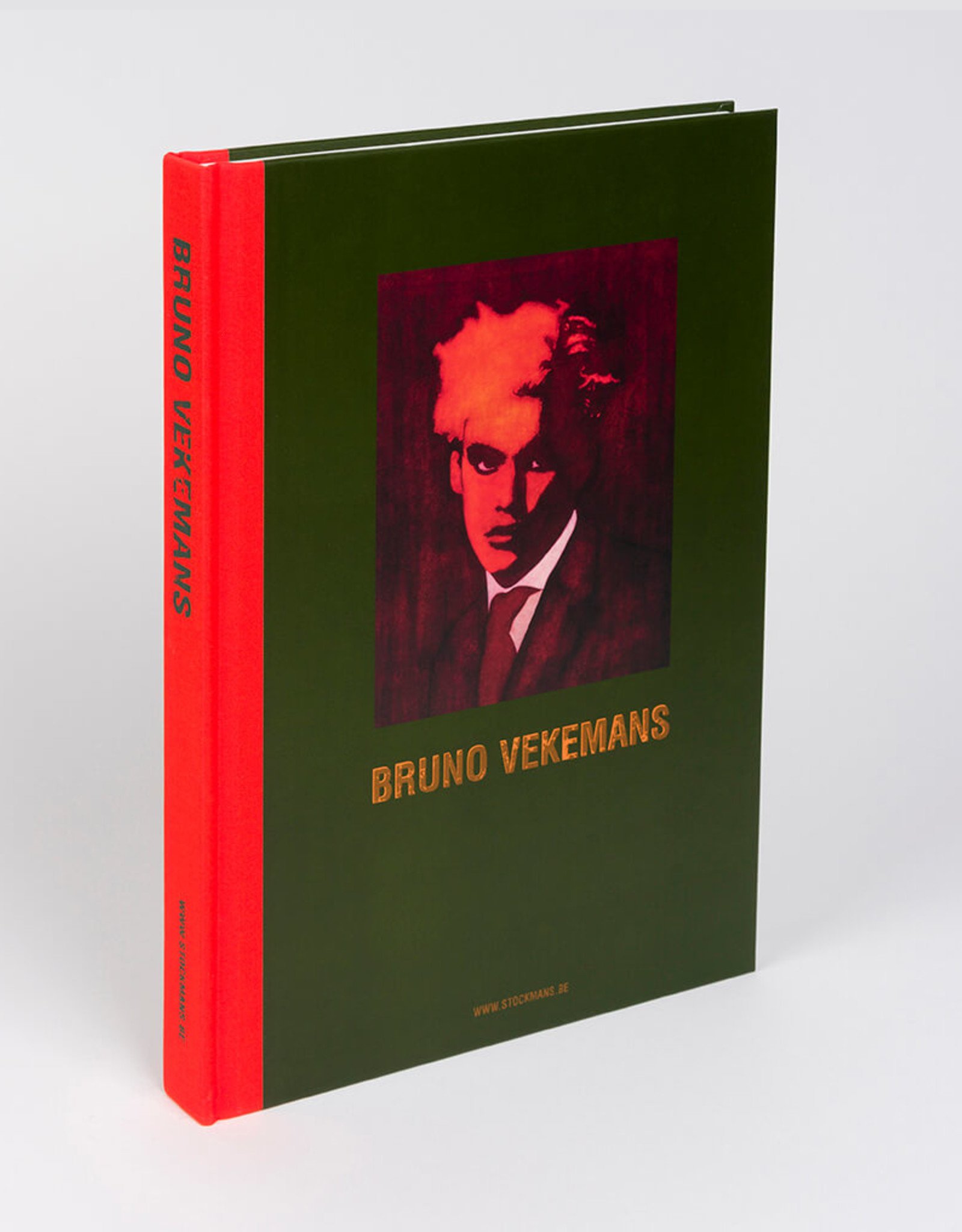Bruno Vekemans - Monografie
| ISBN number: | 9077207023 |
| Availability: | In stock (95) |
About the book:
Vekemans' forte is painting. His earlier work consisted mainly of gouaches on cartridge paper but nowadays he mostly paints with oil on canvas or behind glass and some work and/or studies using mixed techniques: gouache, aquarelle, and ink on paper.
"In my paintings, I believe it is the image that counts, not the message. I do not want to express social commitment through my work. Reality is more overwhelming than imagination. How the paint was applied to the surface tells the story, not the actual rendering which is only of secondary importance."
Vekemans has chosen resolutely for figurative painting. Images he found or images stored in his memory, but always recognisable and distilled from what is called "real life". He records these images using his own, personal style and without overshadowing conceptualism.
His work does not make any sharp criticism, metaphoric reflection, and sociological considerations. Bruno Vekemans is only interested in the actual image, the picture that acquires power and authority through its own content.
He shows scenes from reality which will make you quiver with emotion. His paintings depict moments of tranquility and intimacy although they are placed within the context of activity. Some viewers may experience melancholy, quietness or a special atmosphere but this is real beauty in the eyes of Bruno Vekemans. His palette reveals much about him: colours that balance between opening and covering but which are always intense and convincing.
About the artist:
Bruno Vekemans is part of a long tradition of Flemish painters, a tradition that has never been broken, not even when painting was pronounced dead. Vekemans does belong to the generation that had the most difficult time in being accepted as a painter. The American art critic, Irving Sandler, wrote about this period: “Painting in the pluralistic era has the advantage that the artists can paint more freely than ever before, with the basic assumption that every style will receive a more or less honest valuation. The disadvantage is really that artists, even the most individual and skilled among them, are finding it increasingly difficult to attract the attention of the art world and to be acknowledged by it.”
Vekemans’s oeuvre has, from the moment that he began to draw his follies in the 1970s until today, shown a coherent progression, an almost logical evolution in which only one large digression was noticeable. This digression came around 1989, when he decided to let painting be painting and not to make any excuses for extra-pictorial stories, criticisms or analyses. He continued to radically defend this choice for the following 20 years. But even this digression did not prevent continuity from being present in his work. He continues to use the collage technique, not only technically, as a preliminary design for his paintings, but – subconsciously – philosophically, like sampling the visual culture of his times.
He is a pictorial odd-job man, in the same sense respectfully intended by Claude Lévi-Strauss in La Pensée Sauvage, a man who works with his hands and brings together existing objects to make something new. Vekemans is no philosopher, no highly-trained virtuoso painter, not a part of the artistic beau monde, but rather a worker who is fascinated by the images of his times, which he obsessively repeats and resumes in a sober, harmonious palette. And he once again dares to do what has been forbidden in the art of the 20th century for so long: experience pleasure when painting.
- Jan de Zutter
| Binding : | Hardcover |
| Size: | 230 x 318 mm |
| Weight: | 2 kg |
| Language: | NL, EN, FR, DEU |
| Number of pages: | 272 |
| ISBN: | 9077207023 |




















